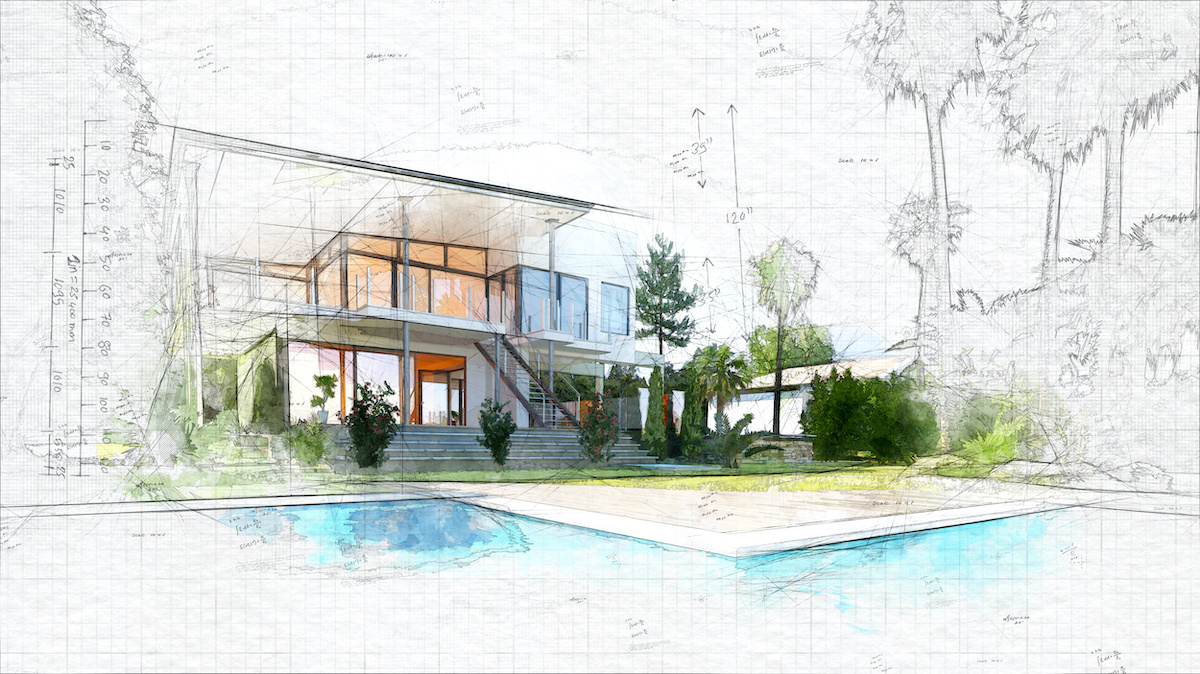The Creative Process Behind Successful Jobs from CDA Architects
The Creative Process Behind Successful Jobs from CDA Architects
Blog Article
A Thorough Summary of Architectural Styles and Their Influence on Modern City Preparation and Advancement
Architectural styles have long served as a mirror to the social worths and technological developments of their time, playing an important duty in forming contemporary city planning and advancement. From the splendour of Neoclassicism to the practical strategy of Brutalism, each design has presented unique concepts that affect urban aesthetic appeals and capability.
Historic Introduction of Building Designs

As cultures transitioned via the Middle Ages, Gothic architecture arised, defined by its verticality and complex outlining, mirroring the spiritual ambitions of the age. The Renaissance marked a resurgence of classical perfects, combining art and architecture in cutting-edge means that affected subsequent styles throughout Europe.

Today, building styles remain to progress, driven by globalization and sustainability concerns, mirroring a vibrant interplay between heritage and advancement. This historical introduction underscores the significance of design as a mirror of societal advancement and as a catalyst for metropolitan advancement.
Secret Architectural Styles Explained
The diversity of building designs shows the myriad influences that shape our built environment, each personifying unique features and social significances. Key building designs include Classic, Gothic, Baroque, Modernism, and Postmodernism, each representing unique historical contexts and aesthetic philosophies.
Classic style, rooted in old Greece and Rome, stresses proportion, proportion, and using columns (cda architects). On the other hand, Gothic style, thriving in the center Ages, is characterized by sharp arcs, ribbed vaults, and flying buttresses, producing an angelic high quality in sanctuaries. Baroque style, arising in the 17th century, is marked by magnificence, intricate decoration, and a dynamic interaction of light and shadow
Innovation, which gained momentum in the early 20th century, focuses on function over form, utilizing brand-new materials like steel and glass to create minimalist structures. Postmodernism, responding against the austerity of Innovation, welcomes eclecticism and historic recommendation, commonly including spirited elements and irony.

Impact on Urban Preparation
In shaping the growth of cities, building styles substantially influence city planning decisions. The selection of architectural style typically dictates the appearances, capability, and total character of metropolitan environments.
In addition, building styles can affect zoning laws and land utilize plans. Urban planners should think about the dominating building patterns when developing areas, ensuring that new developments harmonize with existing structures. This factor to consider promotes natural metropolitan landscapes and enhances community identification.
The implementation of specific architectural styles can also influence socioeconomic aspects within a city. High-end contemporary styles may bring in affluent homeowners and organizations, leading to gentrification, while more cost effective housing services might prioritize useful and sustainable designs to suit diverse populations. cda architects. Ultimately, the interplay between architectural styles and city planning develops dynamic cities that reflect both historical context and contemporary needs, forming the lived experiences of their residents
Sustainability and Modern Style
Architectural styles play a pivotal duty in addressing modern obstacles, specifically in the realm of sustainability. As urban areas increase and environmental problems heighten, modern-day style progressively accepts lasting design concepts that focus on energy effectiveness, resource preservation, and very little eco-friendly influence.
Contemporary architectural motions, such as biophilic design and environment-friendly design, advocate for frameworks that harmonize with their environments, making use of natural products and advertising biodiversity. These styles frequently incorporate renewable resource resources, such as solar panels view website and wind turbines, to decrease reliance on fossil gas and lower carbon impacts.
Moreover, the integration of innovative technologies, such as smart building systems, boosts energy administration, maximizing resource use while making sure occupant convenience. Cutting-edge water administration approaches, including rainwater harvesting and greywater recycling, additional contribute to sustainable urban atmospheres.
Notably, sustainability extends beyond environmental problems; it encompasses social and financial dimensions. By cultivating neighborhood health and advertising inclusivity, modern-day architectural designs align with lasting advancement objectives. Consequently, the advancement of architectural methods remains to shape durable cities that not only satisfy the needs of the present but also guard the future for generations to find.
Neighborhood Interaction in Layout
Area engagement in design works as a critical bridge in between architects and the populations they offer, ensuring that the built environment mirrors the requirements and ambitions of its users. This collaborative procedure invites neighborhood members to add their understandings and preferences, cultivating a feeling of ownership and obligation toward the spaces they populate.
Effective neighborhood engagement uses various techniques, such as workshops, studies, and public forums, to collect diverse viewpoints. These methods help with a two-way dialogue, allowing architects to comprehend neighborhood contexts while anonymous empowering homeowners to articulate their problems and needs. This inclusivity not just improves the style high quality however also advertises social equity by addressing the distinct challenges dealt with by marginalized teams.
Additionally, community involvement can bring about innovative options that could not arise in a typical design procedure. By incorporating regional knowledge and social worths, designers can produce rooms that reverberate more deeply with customers, boosting functionality and sustainability. Eventually, prioritizing community engagement in layout processes results in atmospheres that support social communications, support wellness, and strengthen community connections, thereby playing a critical duty in forming modern metropolitan landscapes.
Conclusion
Architectural designs have actually profoundly affected contemporary city preparation and development, mirroring evolving social and technical contexts. As cities proceed to grow and adjust, the ongoing dialogue between architectural heritage and modern design concepts will certainly stay crucial in creating comprehensive, vibrant spaces that boost top quality of life and find out here promote social equity.
Report this page